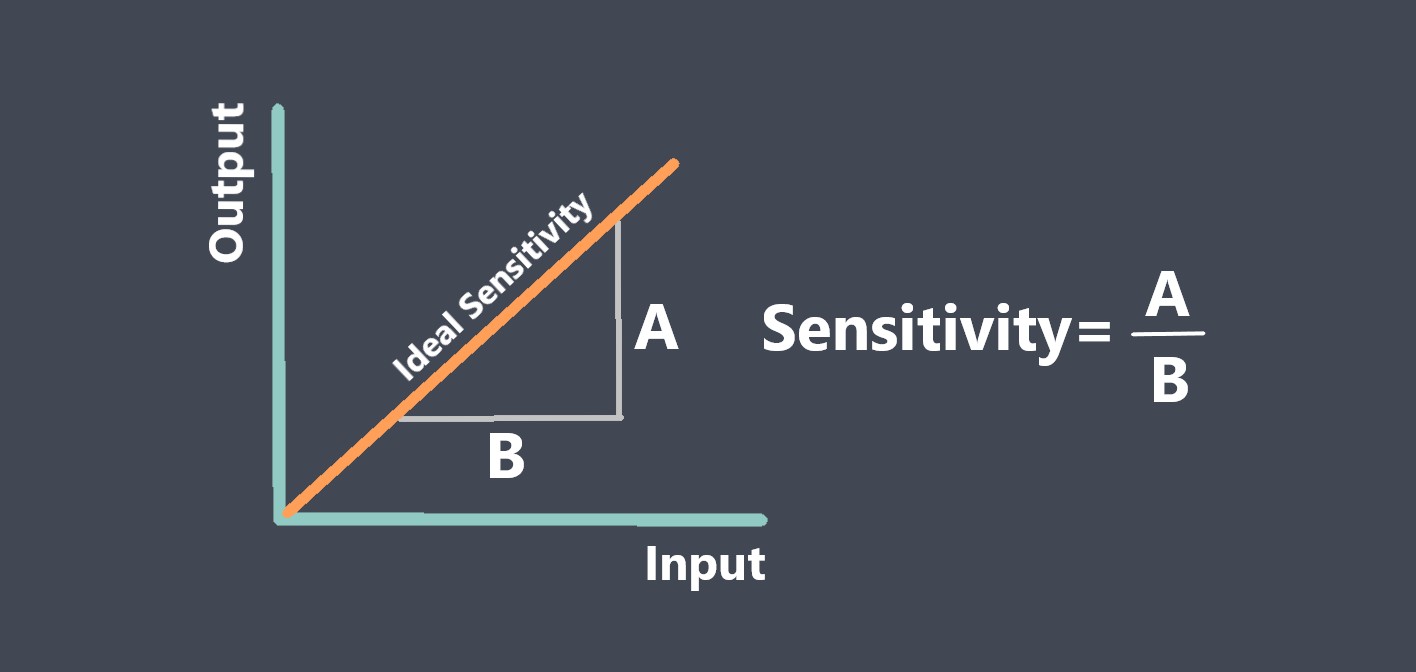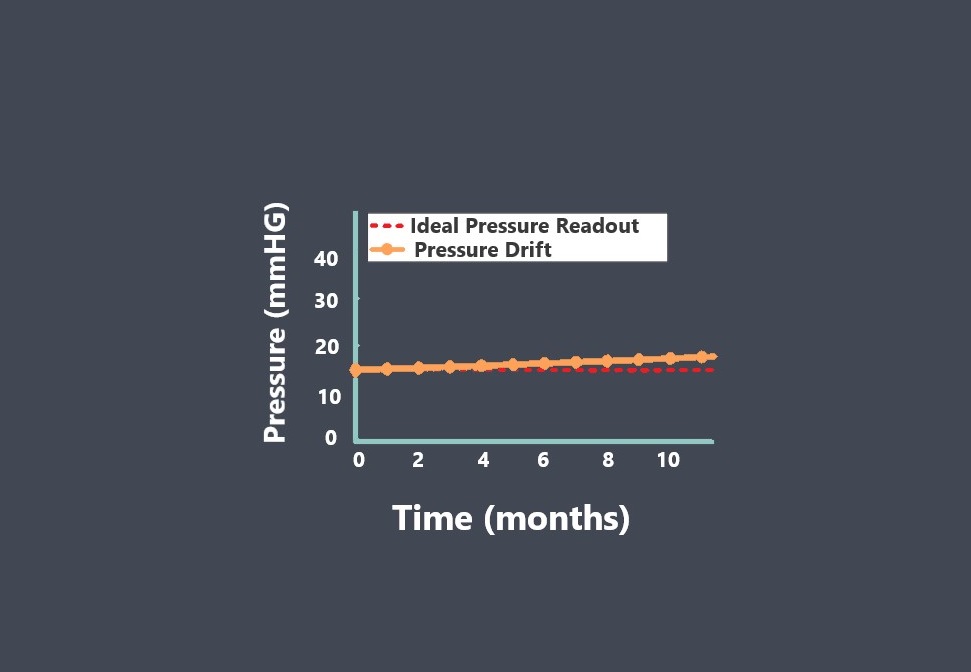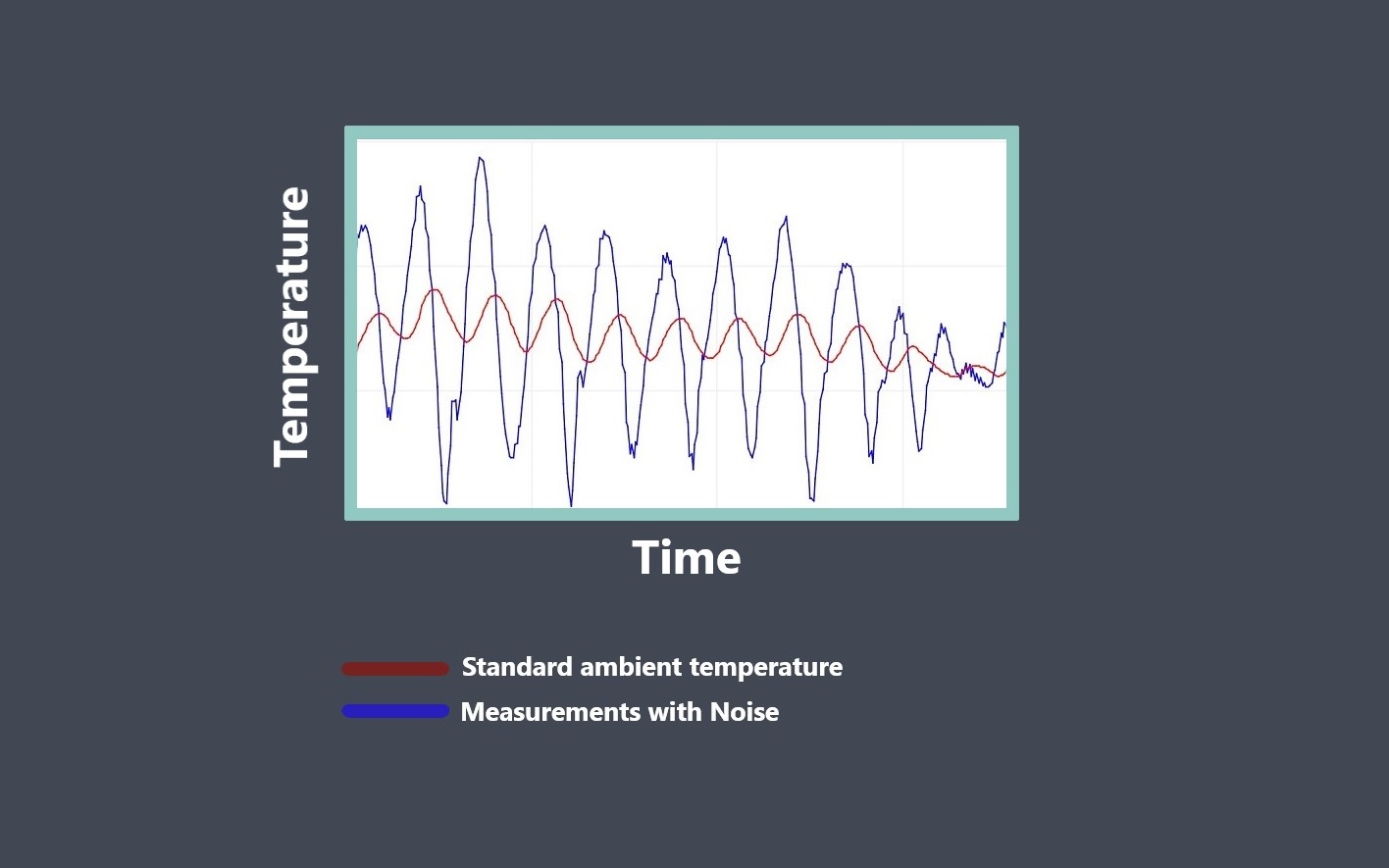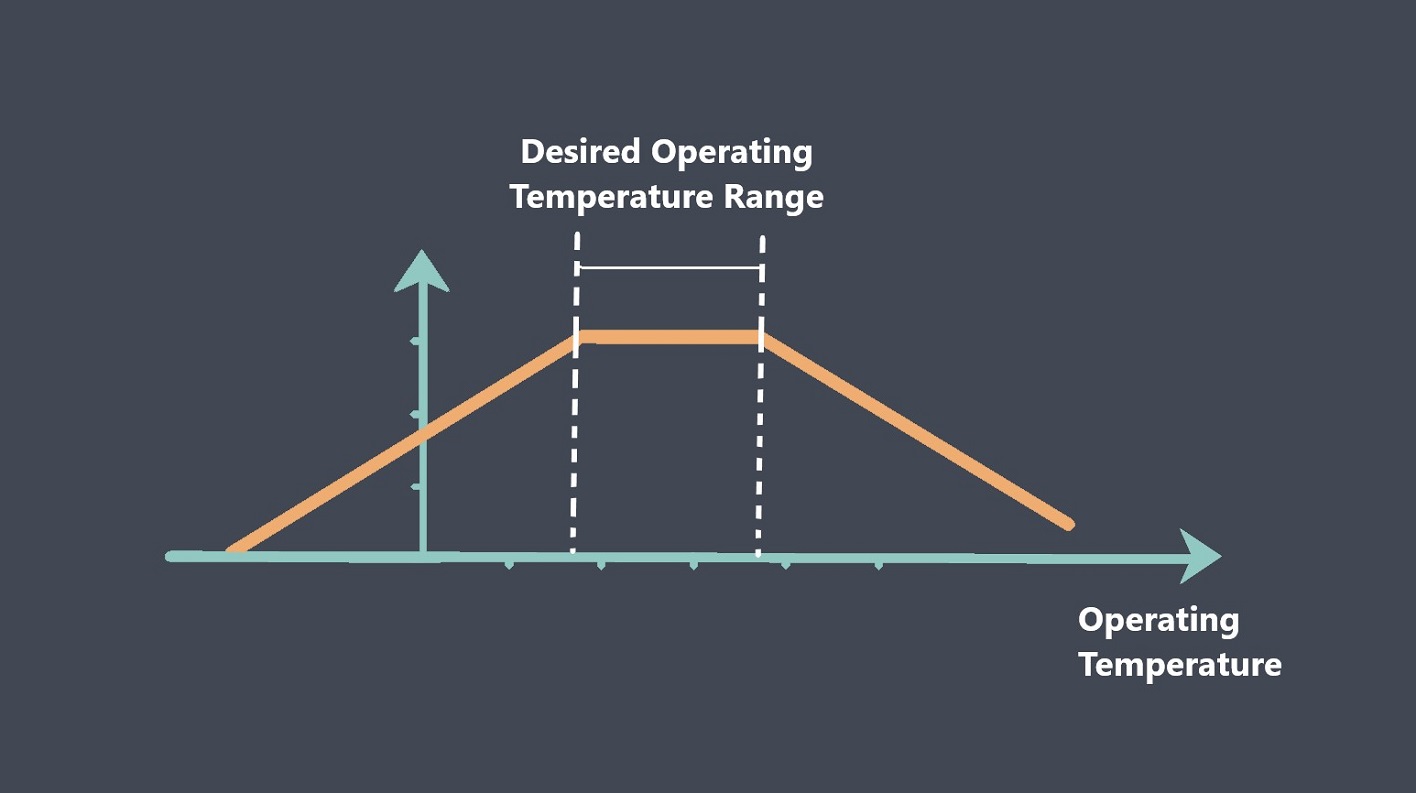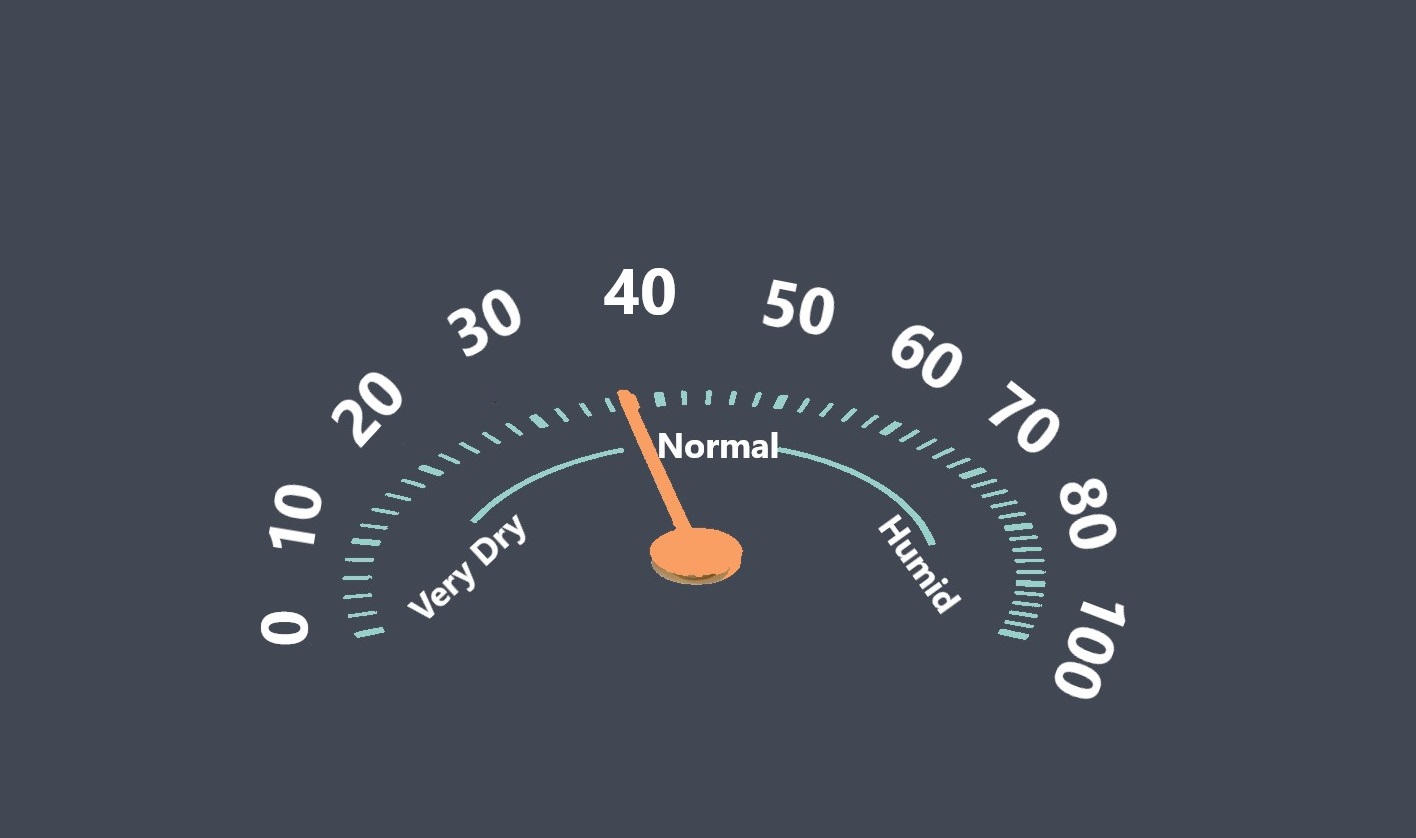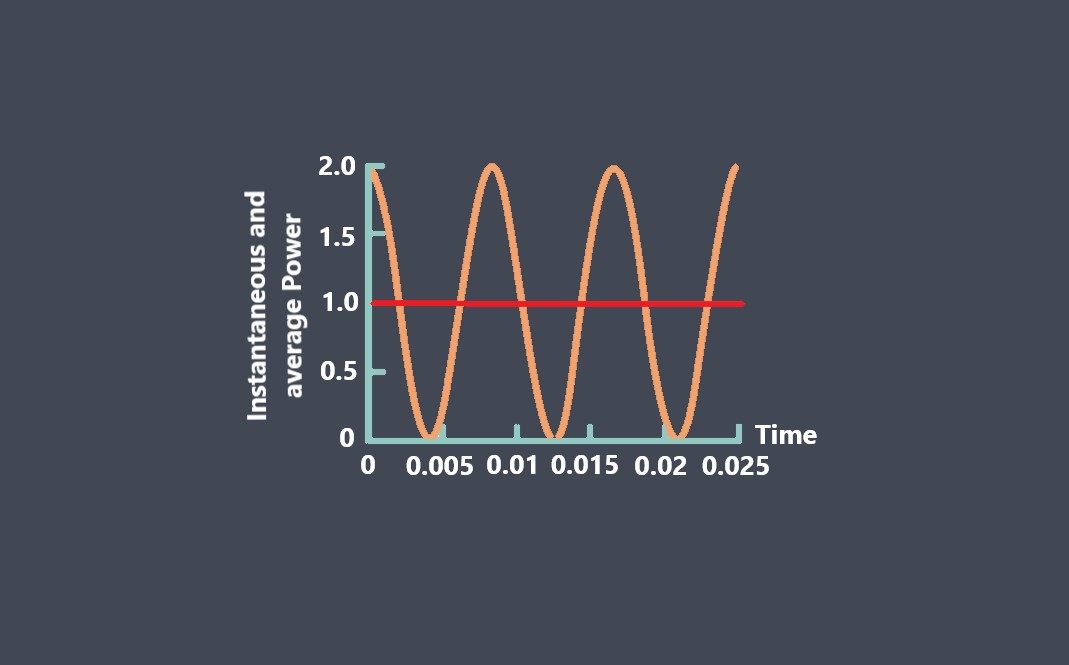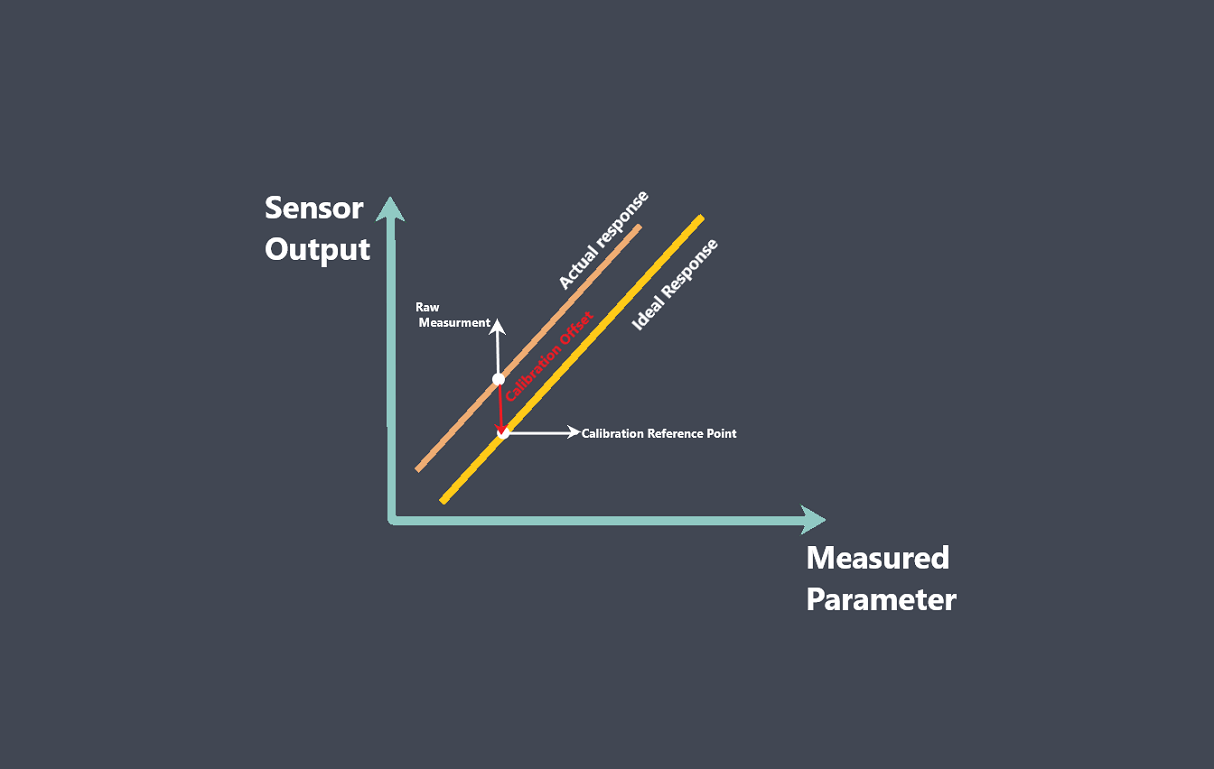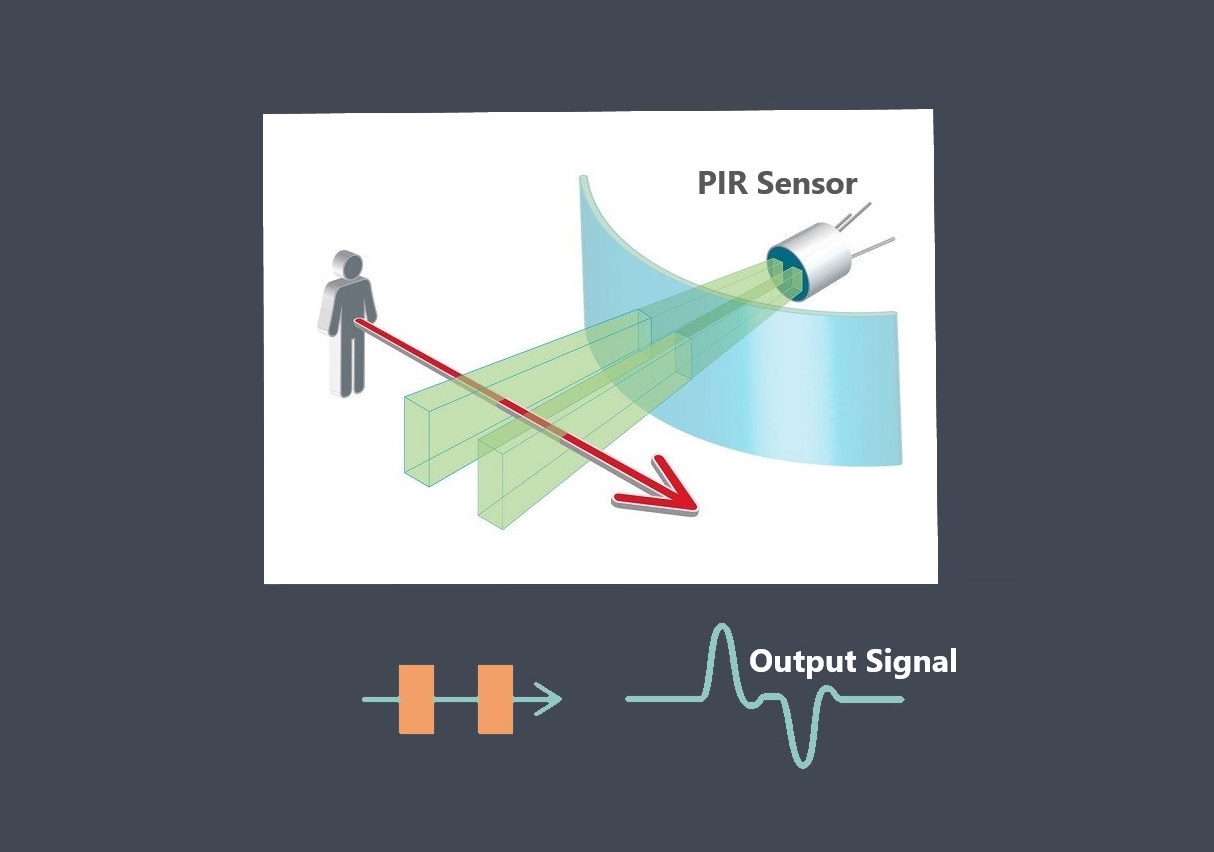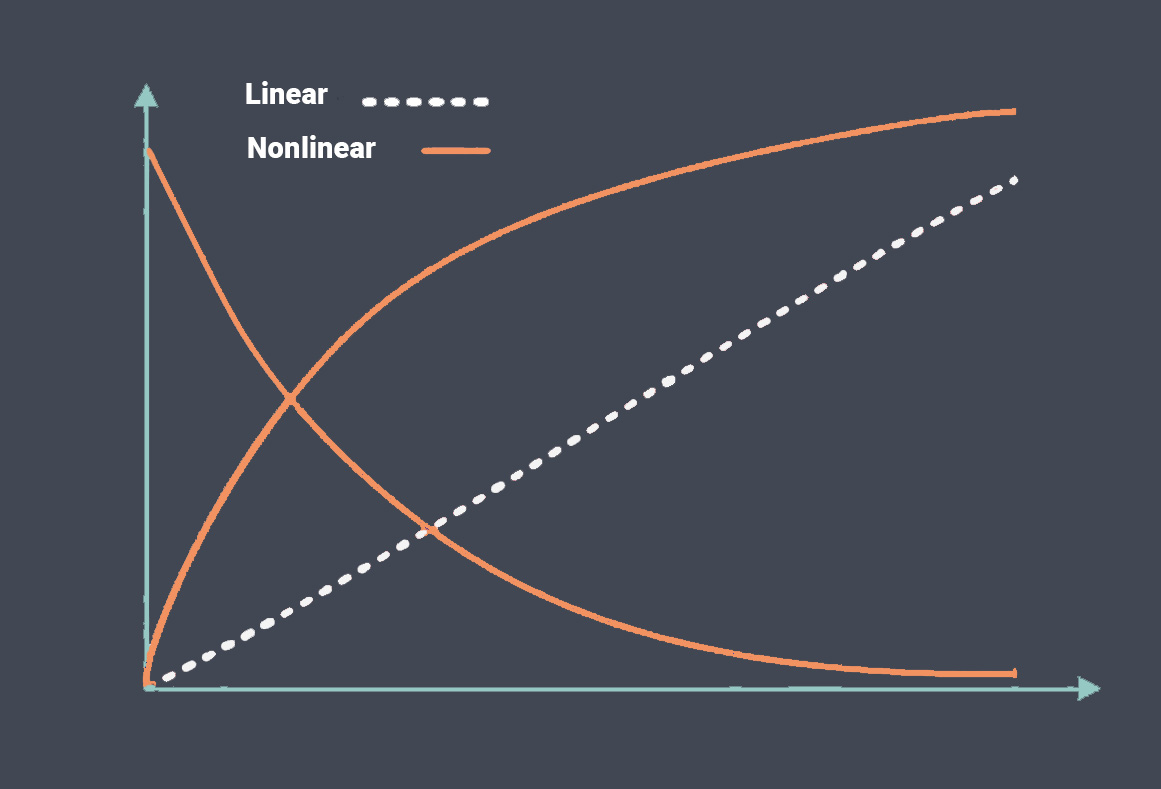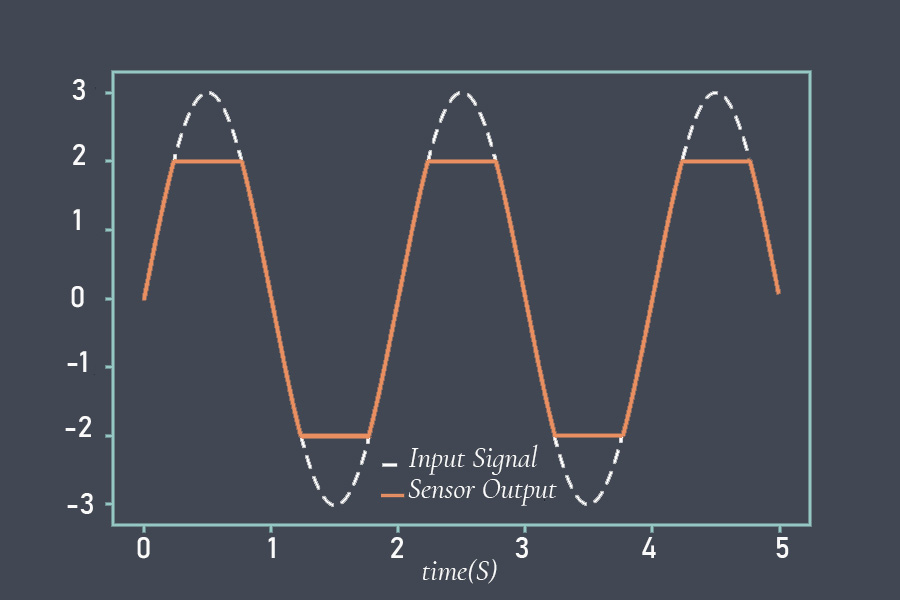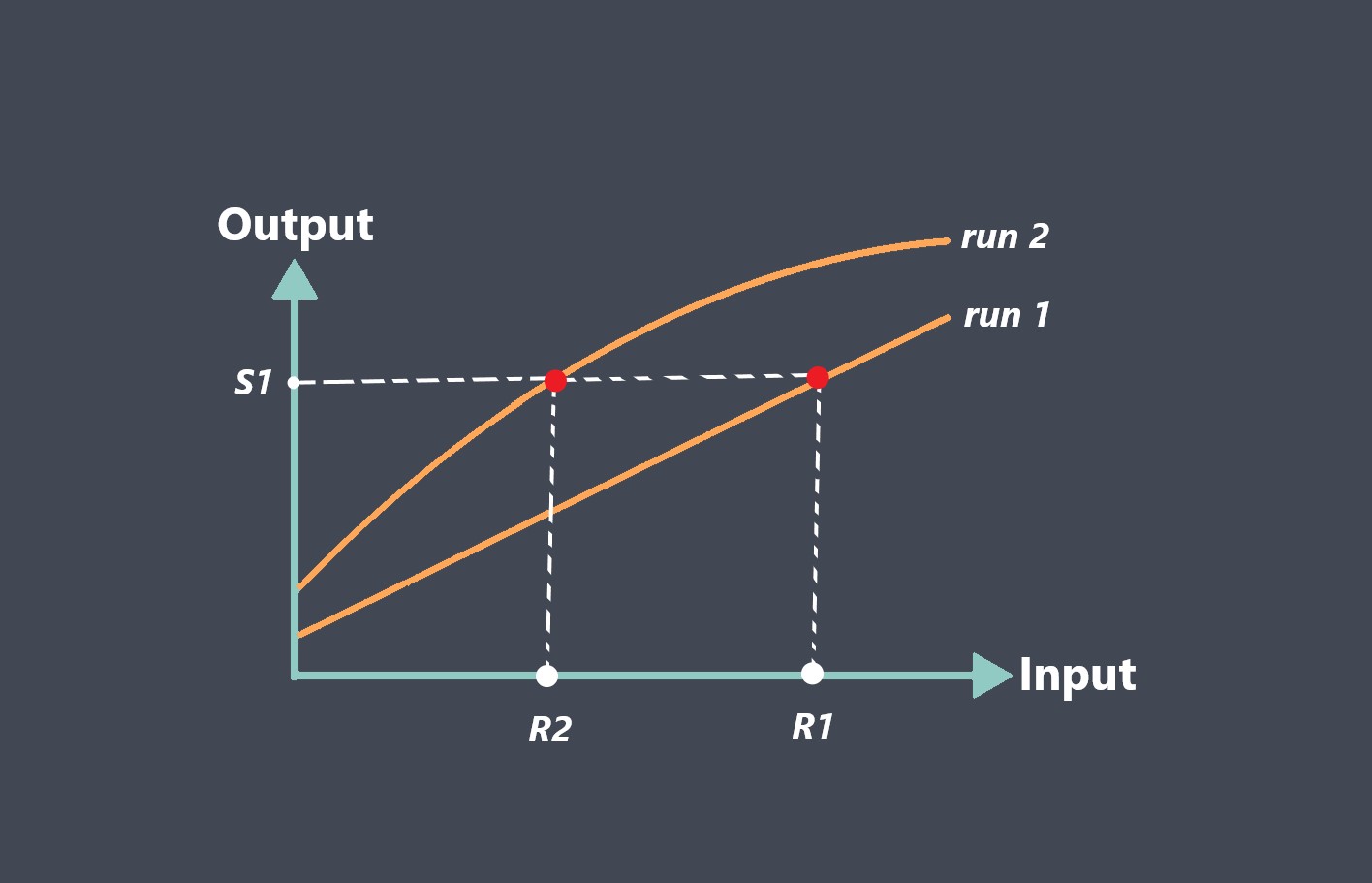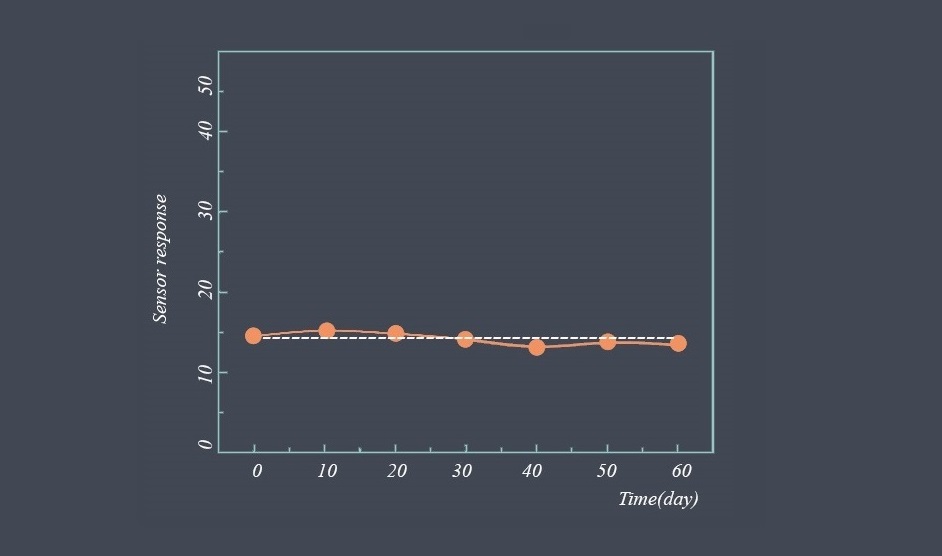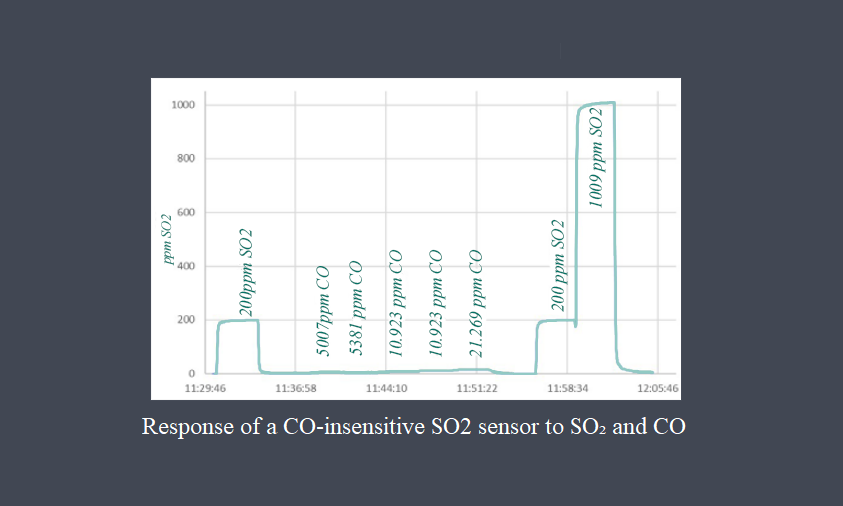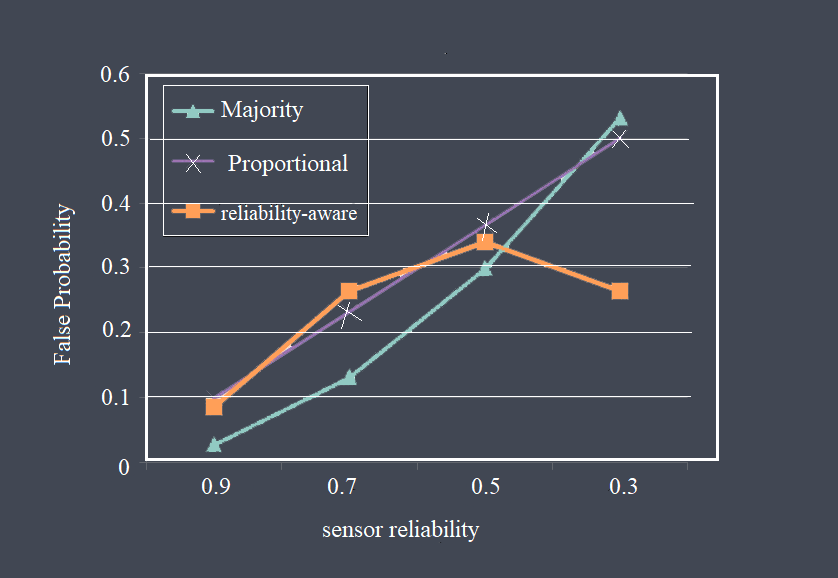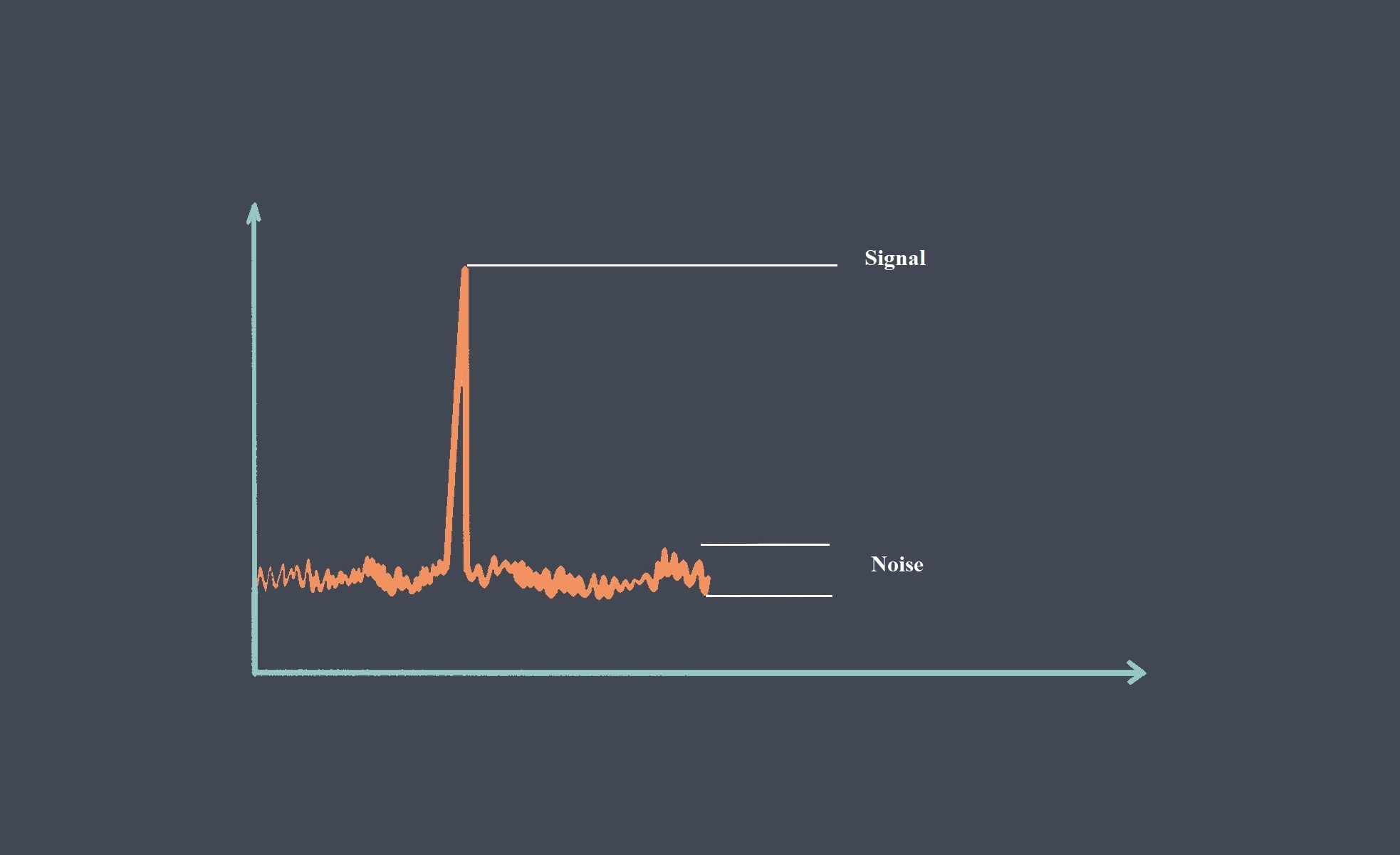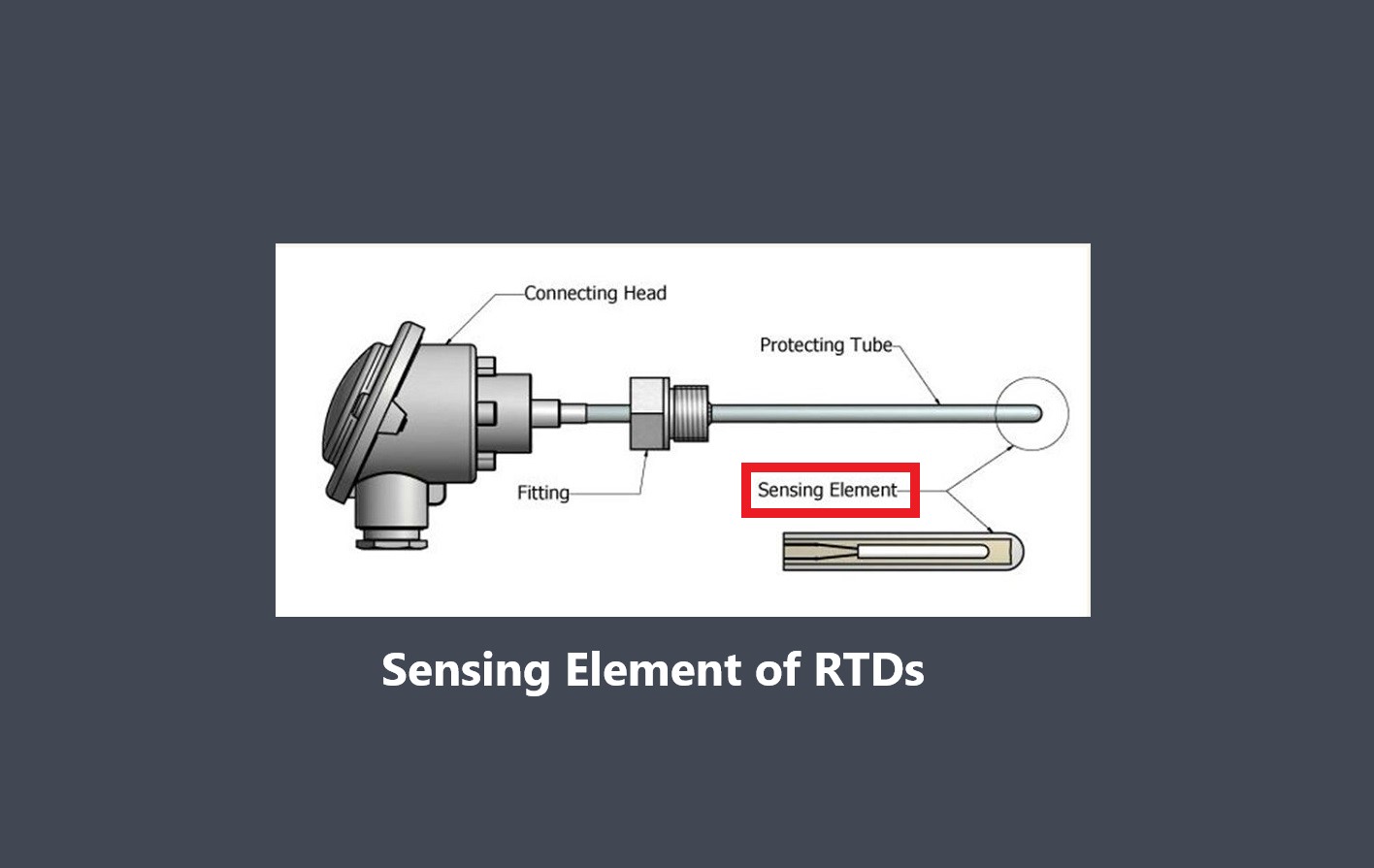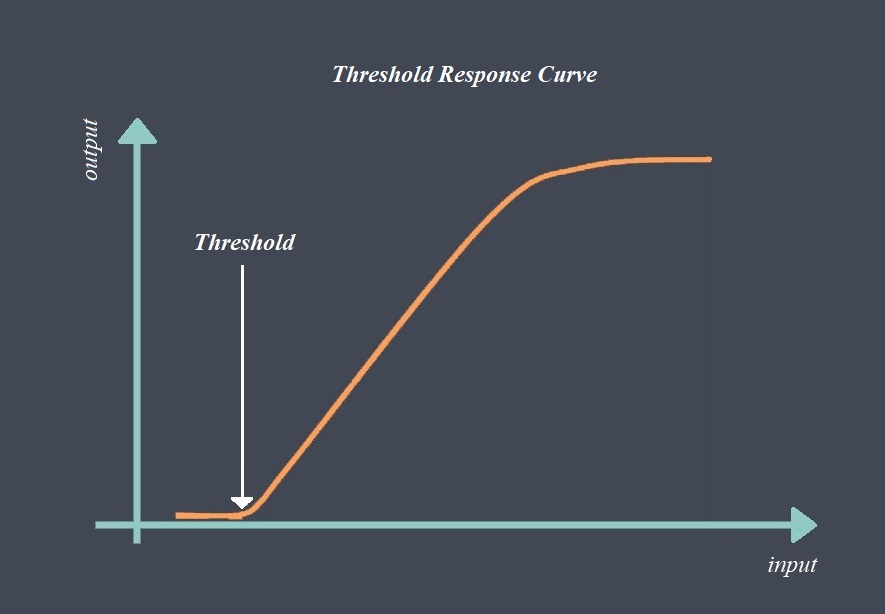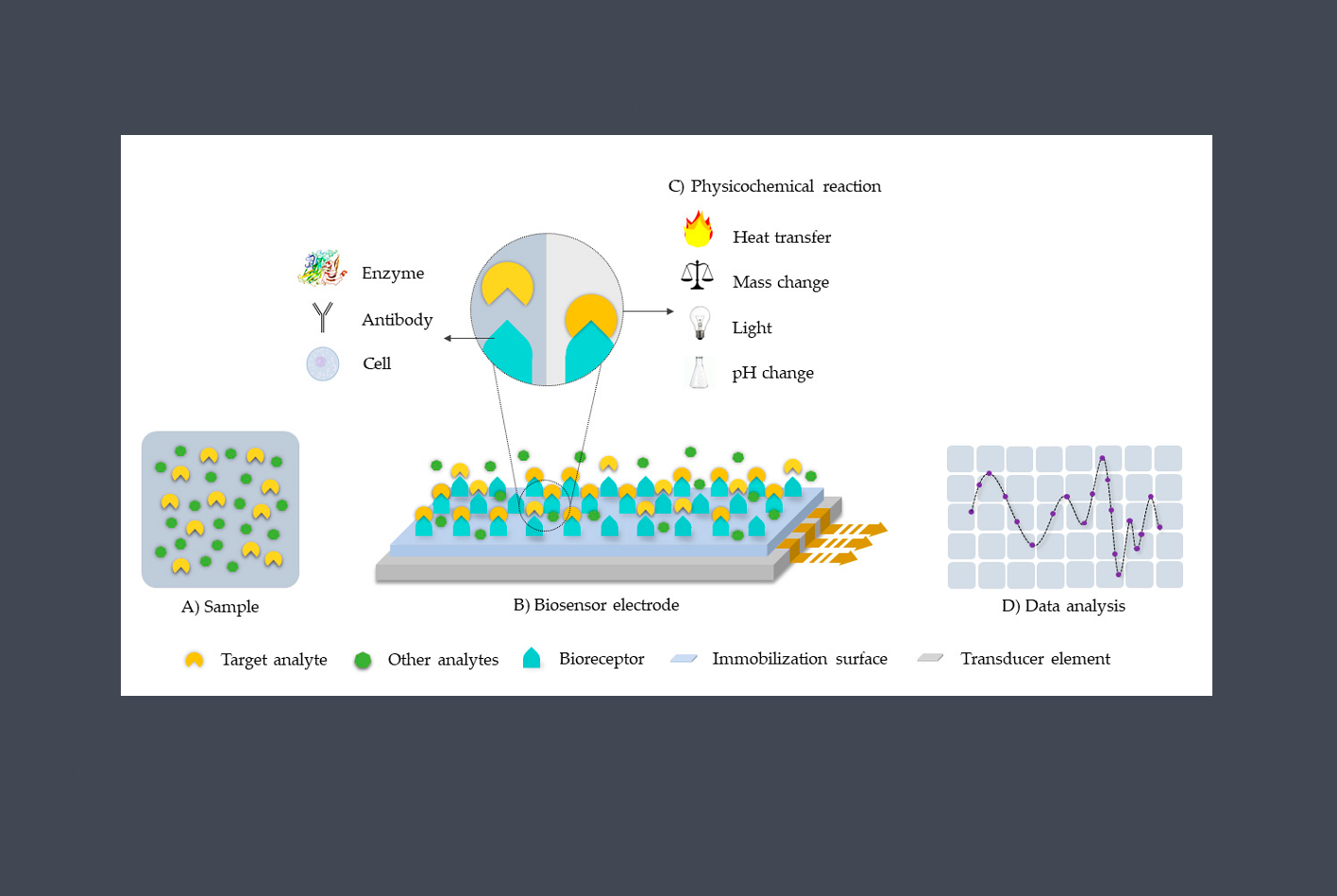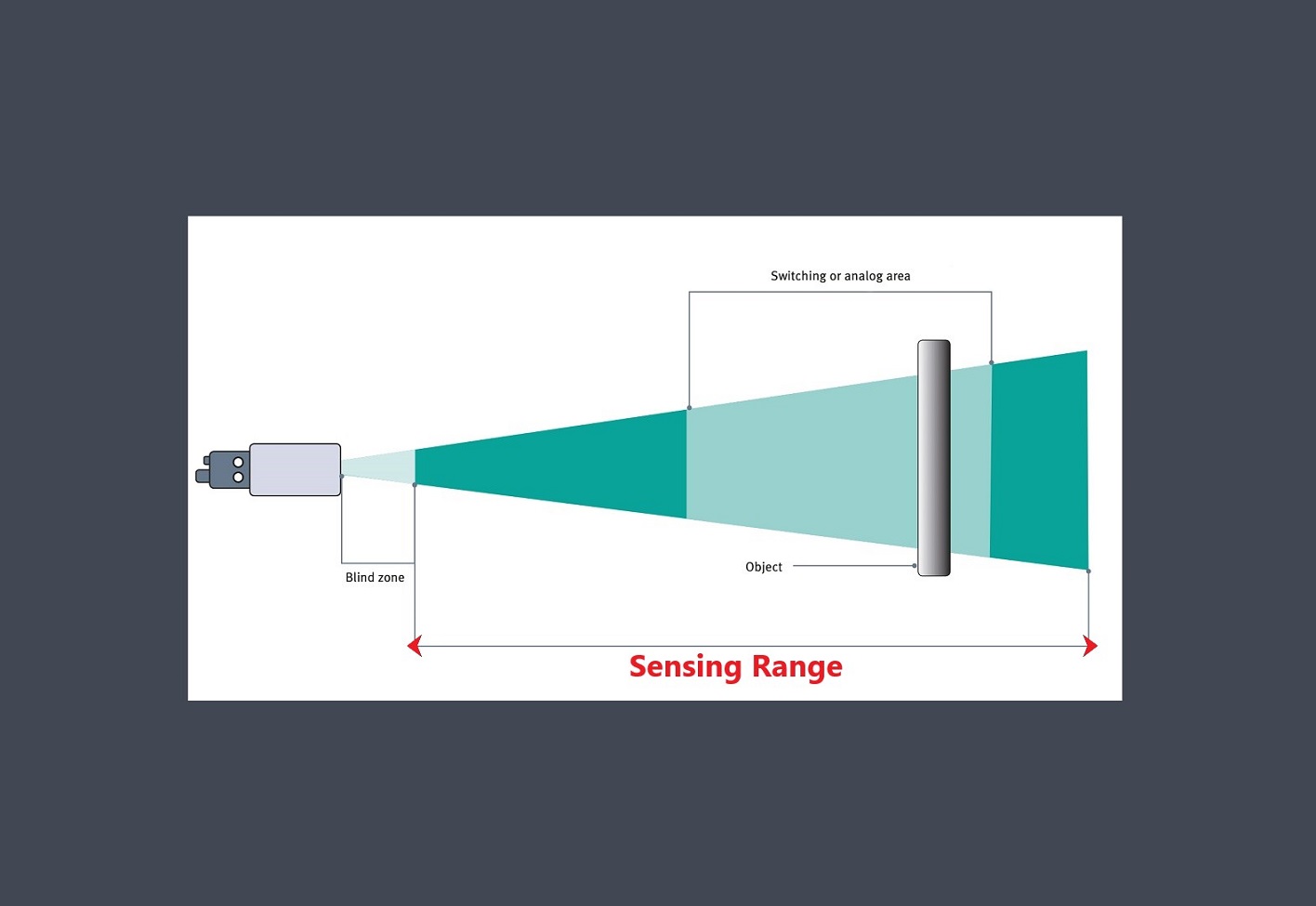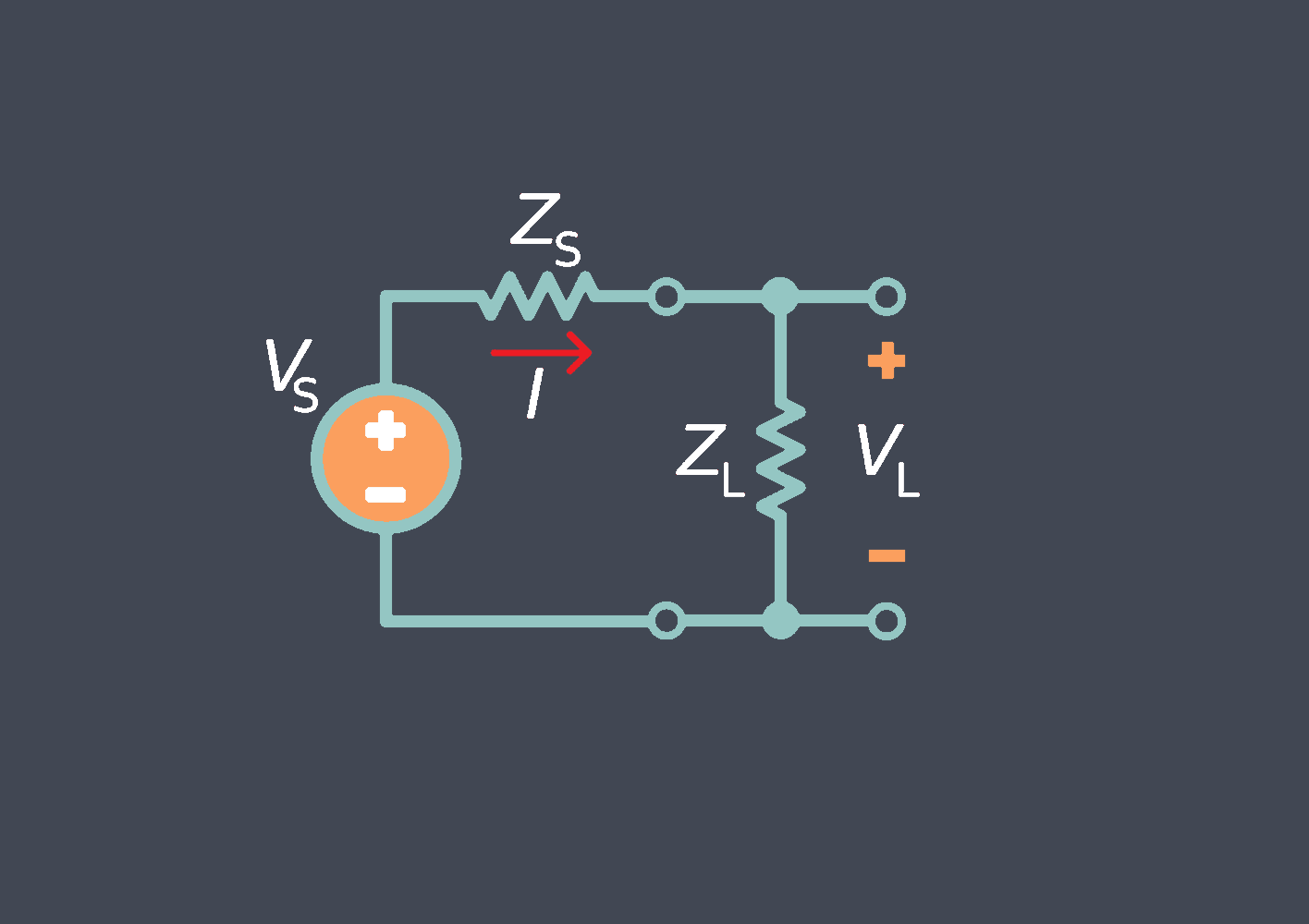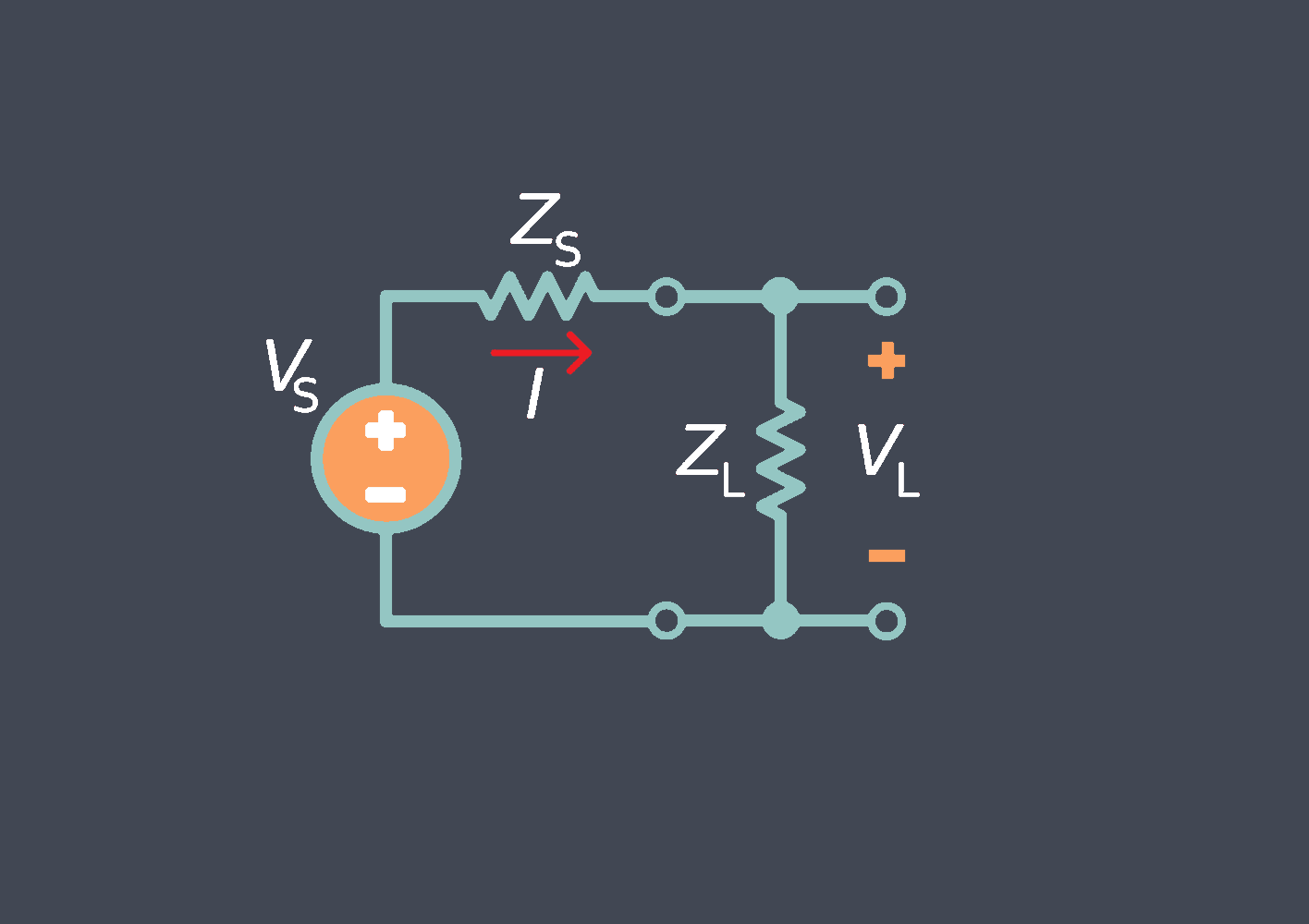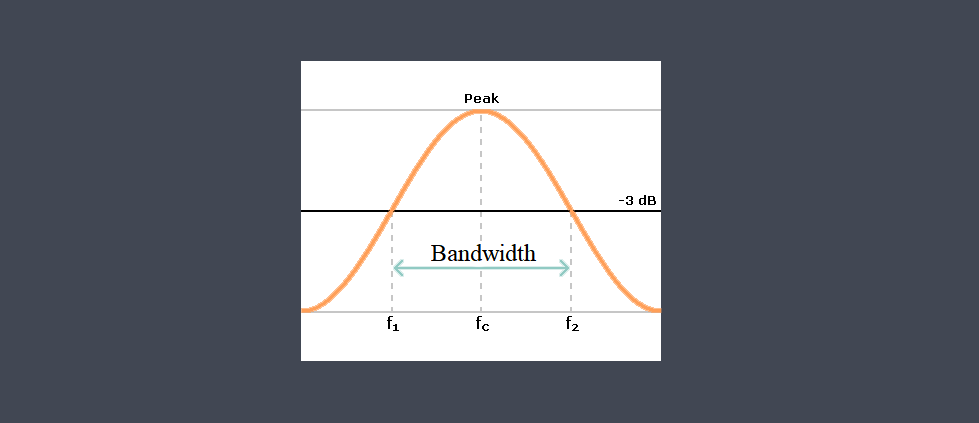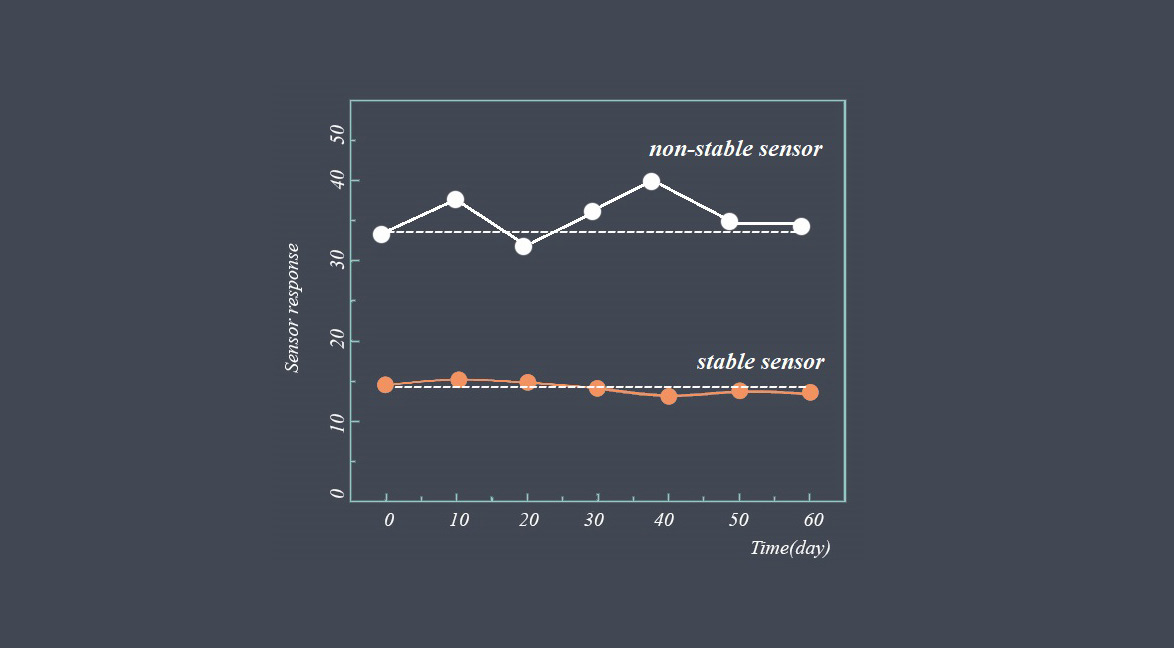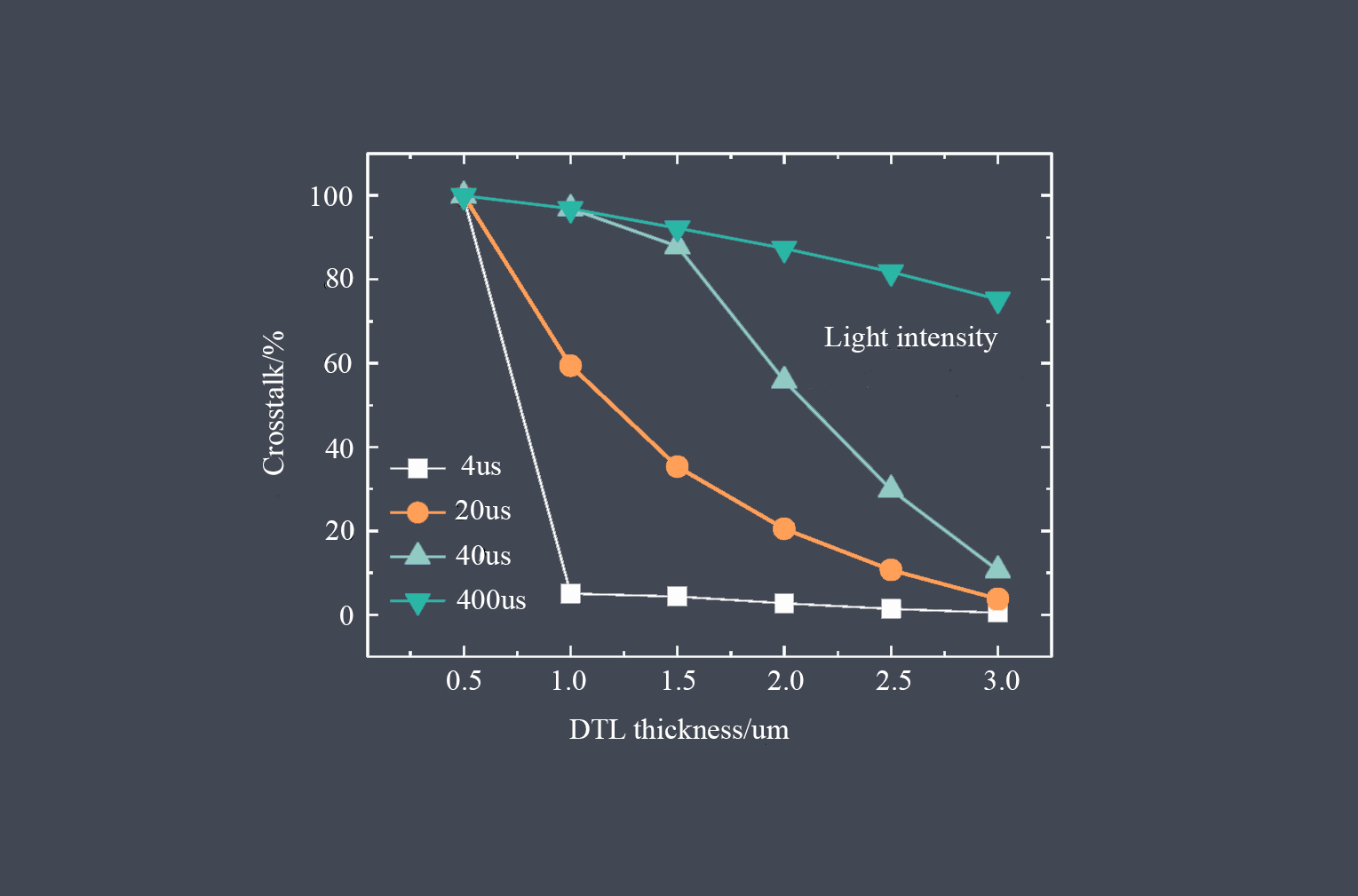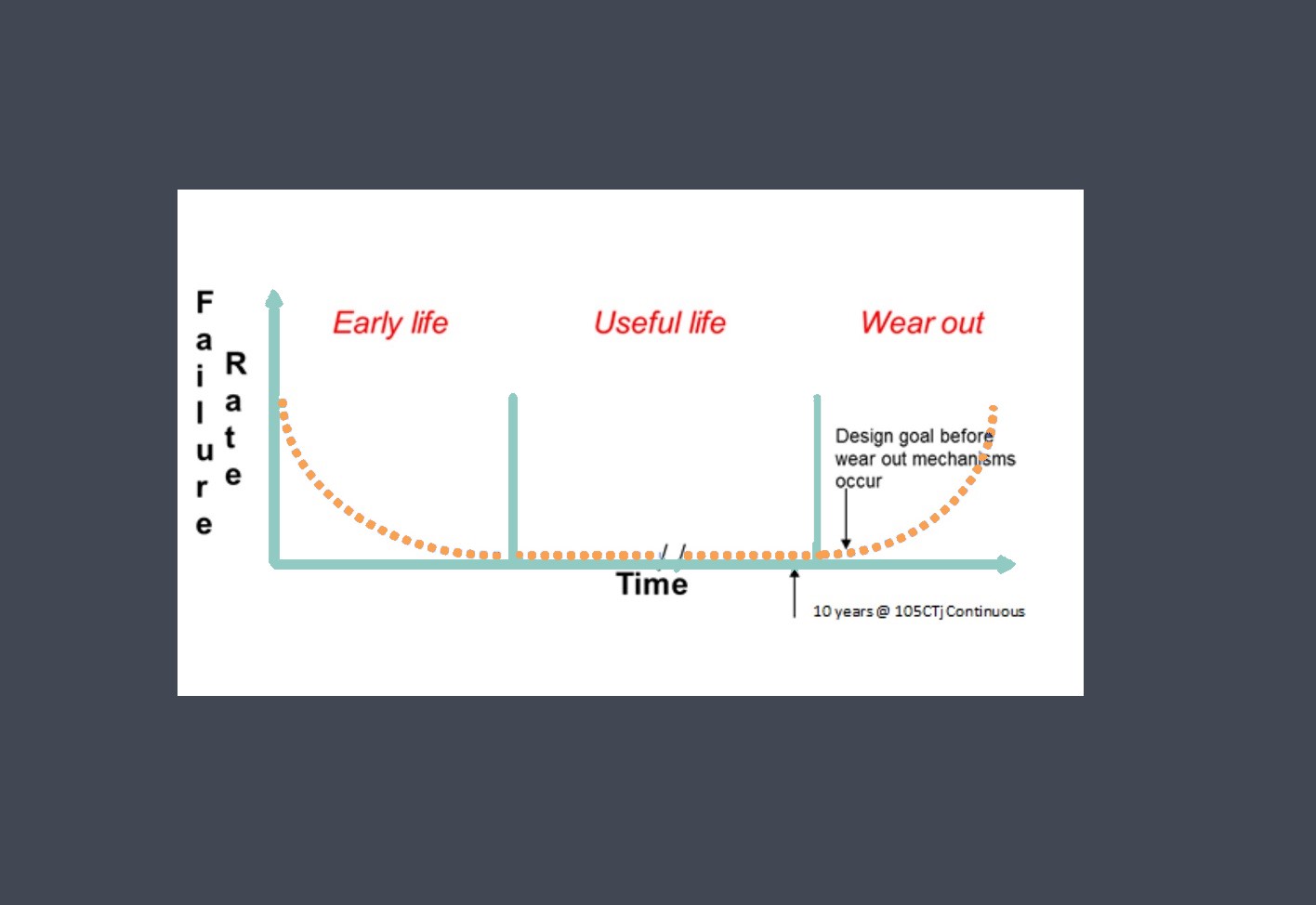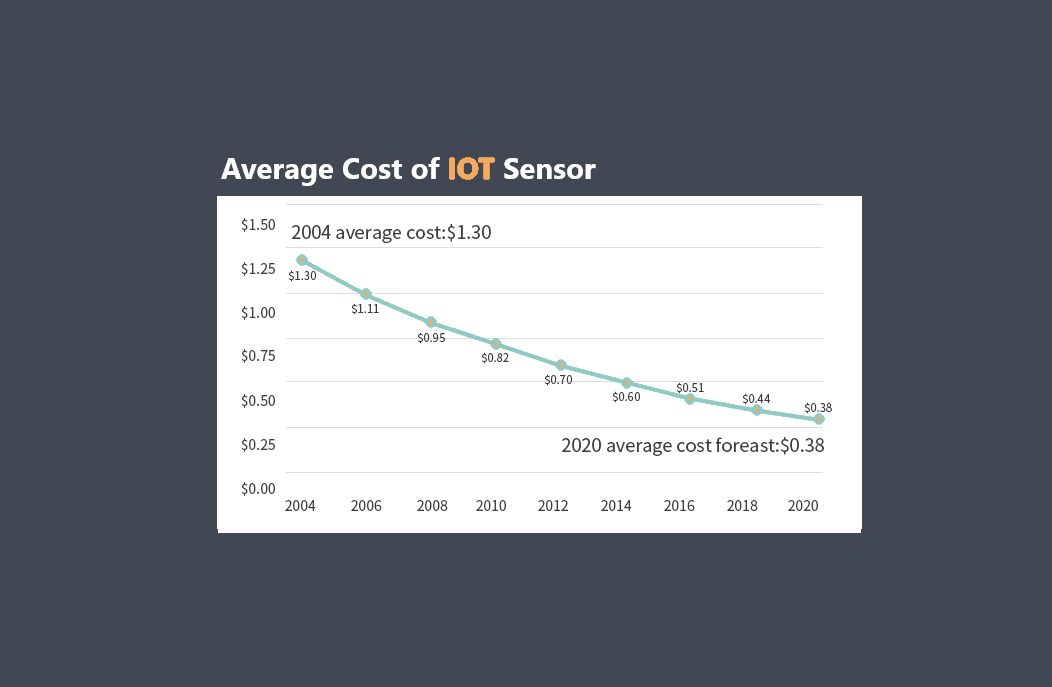
Environmental protection refers to the level of protection that the sensor has against various environmental factors, including dust, water, humidity, and temperature. Sensors designed for harsh or challenging environments often feature specialized enclosures or coatings to protect against these elements.
Sensor environmental protection refers to the measures taken to safeguard sensors from various environmental factors that could potentially impact their performance, reliability, or longevity. Sensors are often deployed in diverse environments, ranging from controlled indoor settings to extreme outdoor conditions or harsh industrial environments. Environmental protection aims to ensure that sensors can operate effectively and accurately in these challenging conditions.
Here are some common aspects of sensor environmental protection:
Temperature Protection
Sensors may be designed with temperature-resistant materials or coatings to withstand high or low temperature extremes. Heat sinks, thermal insulation, or cooling mechanisms might be employed to manage temperature variations.
Moisture and Waterproofing
Sensors used in wet or humid environments may incorporate moisture-resistant or waterproof enclosures, gaskets, or seals to prevent water ingress. This protection is particularly important for outdoor applications or those involving exposure to liquids.
Dust and Particle Protection
Sensors deployed in dusty or particle-laden environments may feature protective barriers, filters, or casings to prevent the infiltration of particles that could interfere with sensor operation or cause damage.
Corrosion Resistance
Sensors exposed to corrosive substances or atmospheres might utilize materials with inherent corrosion resistance or protective coatings to mitigate the effects of chemical exposure.
Shock and Vibration Protection
In applications subject to mechanical shocks or vibrations, sensor designs may include shock-absorbing mounts, vibration-damping materials, or ruggedized enclosures to ensure sensor integrity and accuracy.
EMI/RFI Shielding
EMI/RFI shielding is a technique used to protect electronic devices from interference. The goal of shielding is to prevent unwanted electromagnetic fields or radio frequency signals from entering or leaving the device.
The level of environmental protection required for a sensor depends on the specific application and anticipated operating conditions. Manufacturers may provide information on the environmental specifications and limitations of their sensors, including temperature ranges, IP ratings, or compliance with relevant industry standards.
What is sensor IP ?
Sensor Ingress Protection, commonly known as IP rating or IP code, refers to a standard that classifies and rates the degree of protection provided by a sensor enclosure against solid objects (like dust) and liquids (such as water). For example, an IP67-rated sensor is dust-tight and can be submerged in water up to a certain depth

without compromising its performance. The IP code is an international standard defined by the International Electrotechnical Commission (IEC).
The IP code consists of two digits. The first digit indicates the level of protection against solid objects, while the second digit represents the level of protection against liquids. Each digit has a specific meaning and range of values:
Protection against solid objects:
- 0: No protection.
- 1-6: Protection against solid objects of different sizes. This can include large body parts, such as hands (e.g., preventing accidental contact with hazardous components).
- 7: Protection against the ingress of solid objects like dust in sufficient quantity to interfere with the normal operation of the sensor.
- 8: Complete protection against the ingress of dust.
Protection against liquids:
- 0: No protection.
- 1-8: Protection against liquids of different intensities, ranging from dripping water to powerful jets of water or immersion in water at various depths for a specified duration.

The higher the numerical value assigned to each digit, the greater the degree of protection. For example, a sensor with an IP68 rating would have excellent protection against both dust and water, making it highly suitable for harsh environments.
It’s important to note that the IP rating system focuses primarily on protection against solids and liquids. Other factors, such as resistance to vibrations, impacts, electromagnetic interference, and temperature extremes, are not part of the IP code.
To find the Ingress Protection (IP) rating of a sensor, you generally need to refer to the product documentation or specifications provided by the manufacturer.


